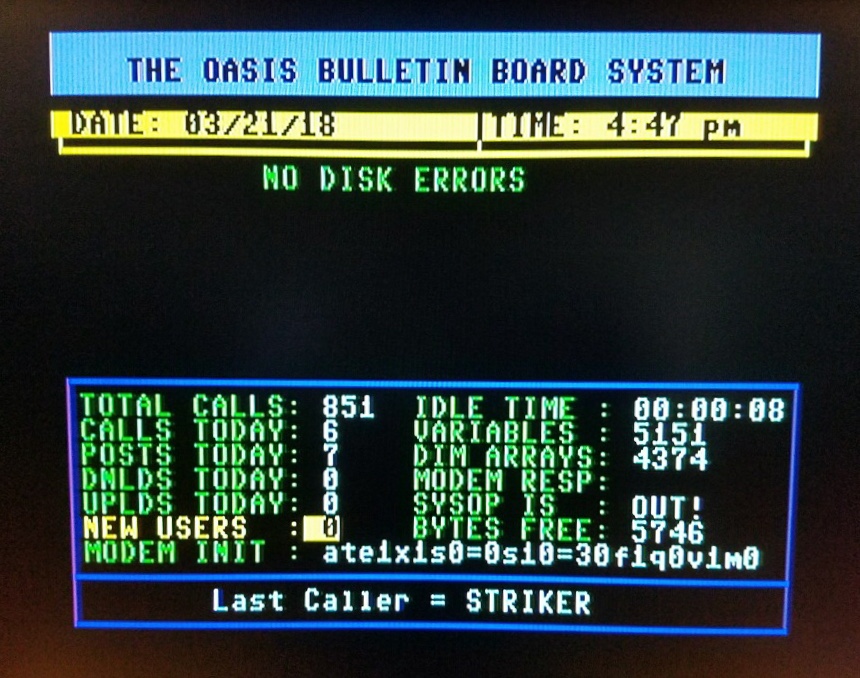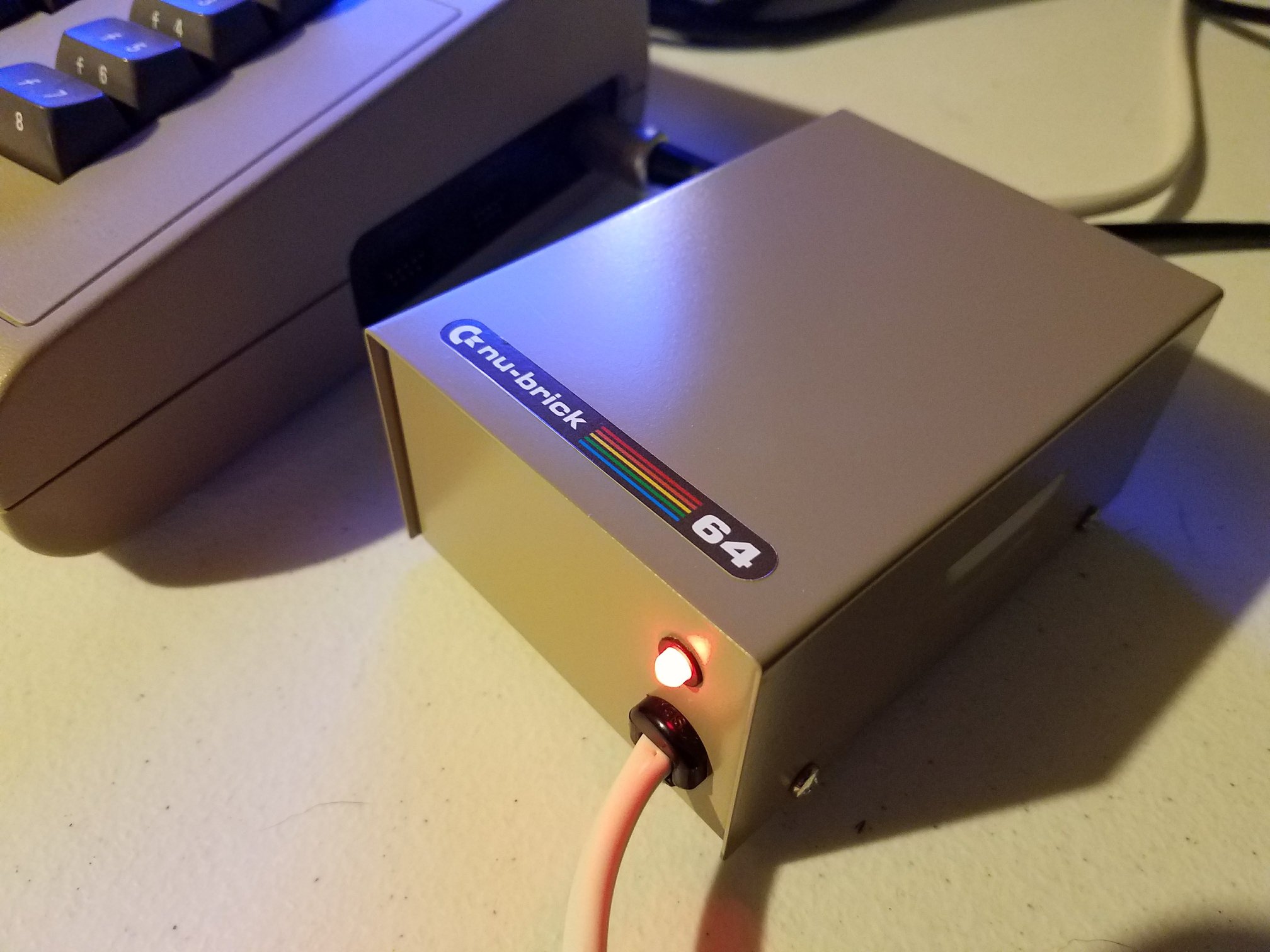Andrew Bristow’s curiosity about the Amiga OS 3.2.3 Workbench started with a simple question: how different is it from the classic Workbench 3.1 many remember from their Amiga days? Having stepped away from the platform for years, he decided to see what had changed by installing the newest iteration himself—both through emulation and on real hardware.
He notes that Amiga OS 3.2.3 is still being actively developed in 2025, a refreshing discovery for any retro computing fan. Developed by Hyperion Entertainment, it can be purchased in boxed form or downloaded directly after registration. Once registered, users gain access to ongoing updates that keep the system current and bug-free.
From Prepared Images to Learning the System
In the past, Andrew reports he used preconfigured CompactFlash cards that made the Amiga experience plug-and-play. While convenient, this method left him feeling disconnected from the process. Installing everything manually, however, quickly reminded him how much there is to learn about the Amiga environment.
Using Amiga Forever, he revisited Workbench 3.1 to refresh his understanding of its installation process. He quickly found that getting WHDLoad running wasn’t as straightforward as expected. The system required an installer that wasn’t included by default, and installing it led to a chain reaction of dependencies—additional libraries, MUI, and even new icon sets. Each missing element meant another detour.
While these extra steps were frustrating, they also gave Andrew insight into why Amiga OS 3.2.3 exists: to remove the friction of building a complete setup from scratch.
Discovering the Modern Amiga Experience
Installing Amiga OS 3.2.3 Workbench was surprisingly smooth. Andrew upgrades his 3.1 setup using existing ROMs and followed Hyperion’s instructions. Initially, he noticed mismatched or missing icons, remnants of his earlier 3.1 customizations. A clean install solved that, giving him a proper Workbench environment with updated glow icons and a much cleaner interface.
Running the new OS in UAE on both Windows and macOS, Andrew configured a “fast Amiga 1200” emulation profile. The system booted smoothly, complete with proper icons, modern features, and a polished look that set it apart from older versions.
Installing additional tools like Directory Opus 4—a file manager that remains freely available—helped improve usability. Yet, even without extras, OS 3.2.3 offered more out of the box than Workbench ever had before.
Easier WHDLoad Setup and Modern Graphics
One of the biggest advantages of Amiga OS 3.2.3 Workbench is how easily it supports WHDLoad. Andrew demonstrated that after a clean install and applying the latest updates, adding WHDLoad takes just a few steps. By mounting a shared directory through UAE, users can quickly transfer files from their host machine to the Amiga environment.
He also installed the Picasso96 drivers to unlock higher resolutions and modern display modes. These RTG graphics drivers allow the Amiga to output at resolutions far beyond its original capabilities. Andrew experimented with full HD modes but found that 720p offered the best balance of clarity and icon size.
With WHDLoad installed and the proper Kickstart ROMs copied into the devs folder, his setup was ready. Games and demos launched without errors, icons appeared correctly, and the system looked and behaved like a refined modern Amiga desktop.
Installing OS 3.2.3 on Real Hardware
Of course, emulation only tells part of the story. Andrew wanted to bring Amiga OS 3.2.3 Workbench to his actual Amiga hardware. The retail version ships on CD, which created a small obstacle since his Amiga doesn’t have a CD drive. His workaround involved copying the ADF installation files to a CompactFlash card and running the installer through a Gotek floppy emulator.
The Gotek behaves as a virtual floppy drive that reads ADF files from a USB stick. Andrew installed it inside his Amiga case, connecting the same data and power cables used by a real floppy drive. Once configured, the Amiga recognized it as a standard floppy, allowing him to load the installation images one at a time.
While not the fastest method, it gave him the satisfaction of performing the process directly on his hardware—something that every retro enthusiast can appreciate.
Lessons from the Upgrade Process
Through the process, Andrew confirmed that OS 3.2.3 simplifies life for Amiga users who want to build their own setups. Installing older Workbench versions often felt like solving a riddle, with dependencies hidden behind cryptic error messages and outdated documentation. By contrast, 3.2.3 comes with core utilities preinstalled, removing the need to hunt for installers and libraries.
The new version still looks simple at first glance, but it’s the hidden work underneath that makes the difference. Preferences, system icons, and even the background images scale cleanly at modern resolutions. Andrew points out that a quick trip to the Workbench preferences can fix low-quality icons by switching to “best quality” rendering and enabling magic colors.
After a few tweaks, the Workbench feels more modern without losing its familiar charm. From installation to usability, everything now fits together with far less frustration.
Reference Material and Support
To support his exploration, he purchased a digital reference manual for Amiga OS 3.2.3. Sold by a publisher in Germany, the manual provides a full breakdown of the operating system’s structure, built-in tools, and installation processes.
He found it an excellent resource for understanding how Amiga OS has evolved and how to take advantage of its newer features. Although he preferred the idea of owning the hardcover edition, the instant access to the PDF allowed him to study the system anywhere—perfect for late-night tinkering or lunchtime reading sessions.
Why Amiga OS 3.2.3 Matters
For anyone returning to the Amiga platform, Amiga OS 3.2.3 Workbench represents a bridge between nostalgia and practicality. It respects the system’s heritage while offering a cleaner, more capable environment that works seamlessly with both emulated and physical setups.
By simplifying WHDLoad integration, updating the visual interface, and maintaining compatibility with legacy ROMs, it gives modern users the experience they wanted decades ago without the technical barriers. Andrew’s conclusion is clear: OS 3.2.3 is the easiest way to rediscover the Amiga without sacrificing authenticity.
Watch the Full Video
Andrew Bristow’s full video walkthrough captures every step of this process—from upgrading Workbench 3.1 to configuring 3.2.3, troubleshooting icons, and experimenting with emulation settings. Viewers can watch his setup evolve in real time, offering a helpful visual guide for anyone ready to modernize their Amiga.
For anyone curious about how the latest version performs or planning their own install, his video makes a strong case for why Amiga OS 3.2.3 deserves attention in 2025.







